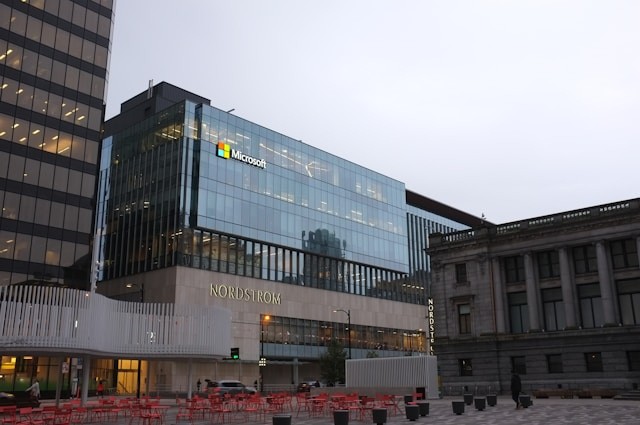
According to a spokesperson speaking to CNBC, Microsoft on Monday announced its plan to reduce its workforce in the mixed reality division. Microsoft intends to maintain the sale of the augmented reality (AR) headset despite the fact that it will impact the team responsible for HoloLens 2.
Microsoft Mixed Reality Restructure
Microsoft's reduction comes a year after the software maker announced plans to change its hardware lineup, leading to a round of layoffs affecting 10,000 employees, including some in mixed reality. In the following months, Microsoft also discontinued several keyboard models, which left some loyal customers disappointed.
The spokesperson said in an email that Microsoft had announced restructuring its Mixed Reality organization while reaffirming its commitment to the Department of Defense's IVAS program to deliver advanced technology to support soldiers. Microsoft also vowed to invest in W365 to expand its reach within the Mixed Reality hardware ecosystem. It confirmed that it would continue selling HoloLens 2 while still providing support to existing customers and partners.
According to a source familiar with the situation, the company is reportedly laying off more than 1,000 employees overall, including those in the mixed reality division.
Microsoft's HoloLens 2
Microsoft's HoloLens has not achieved significant success since its debut in 2015, but the US Defense Department awarded a contract to Microsoft for a modified version called the Integrated Visual Augmentation System (IVAS). According to Bloomberg, soldiers using these devices reported experiencing nausea and other issues. Nonetheless, tests indicated that an updated model looks promising.
READ ALSO: OpenAI Disbands Superalignment Team Responsible for Controlling AI Risks Amid Leadership Friction
Tech Industry Commercializing Artificial Intelligence
Microsoft and other leading technology companies have invested billions in commercializing artificial intelligence (AI) in recent years; where Microsoft, in particular, has accelerated efforts to integrate NVIDIA graphics processing units (GPUs) into its systems, enabling functionalities such as the Copilot chatbot and ChatGPT from Microsoft-backed OpenAI. Additionally, premium AI features incorporated into Microsoft 365 productivity applications can now perform tasks like writing memos, creating presentations, and summarizing meetings.
Microsoft scaled back its investment in augmented reality (AR) and virtual reality (VR), which immerse users in virtual environments, by deprecating Windows Mixed Reality in December, which involved discontinuing tools designed for running applications on head-mounted displays.
According to the spokesperson, Microsoft will continue to sell the HoloLens 2 headset, launched in 2019, but did not hint at the arrival of a new model. In 2022, an insider reported that the company had canceled plans for a third version.
In January, Apple introduced its augmented reality headset, the Vision Pro.
Microsoft continues to support a feature known as Mesh, enabling individuals wearing headsets to engage in three-dimensional Teams video calls with coworkers. During the November Microsoft Ignite conference in Seattle, CEO Satya Nadella mentioned that the company was rethinking how employees interact and connect using any device, be it their PC, HoloLens, or Meta Quest.



